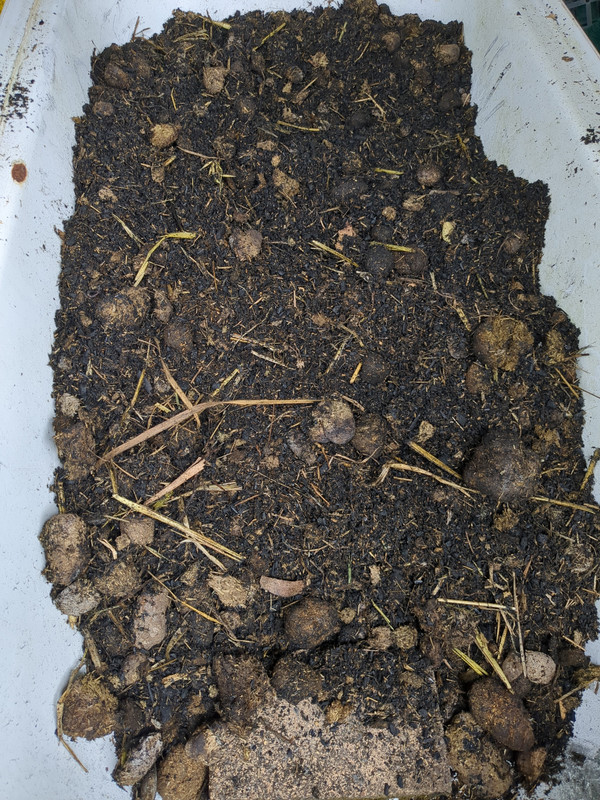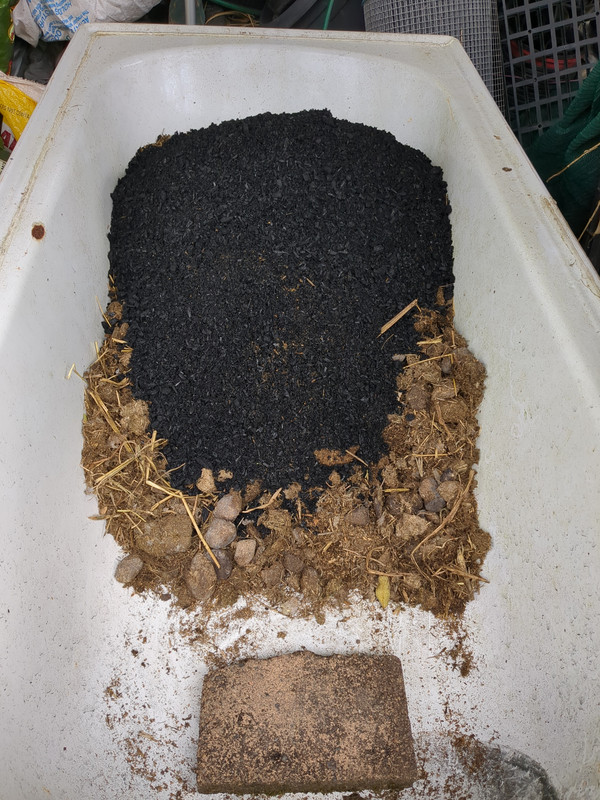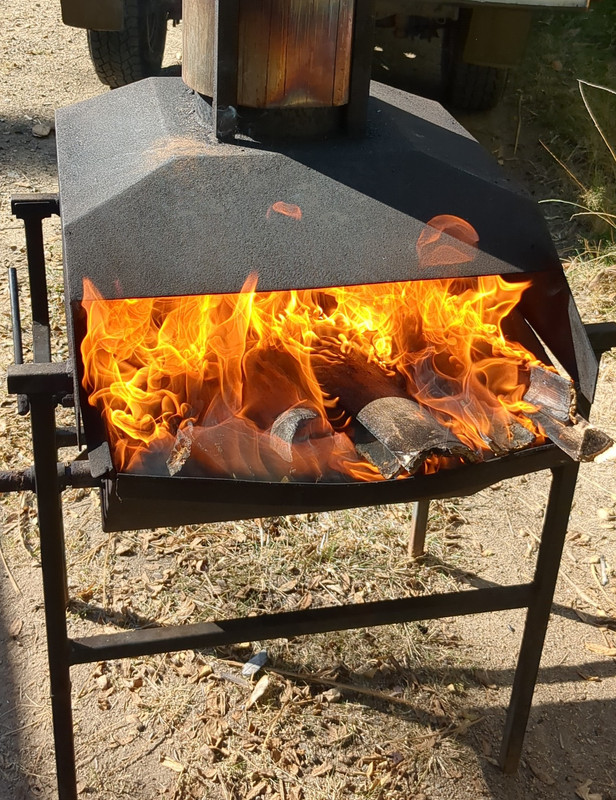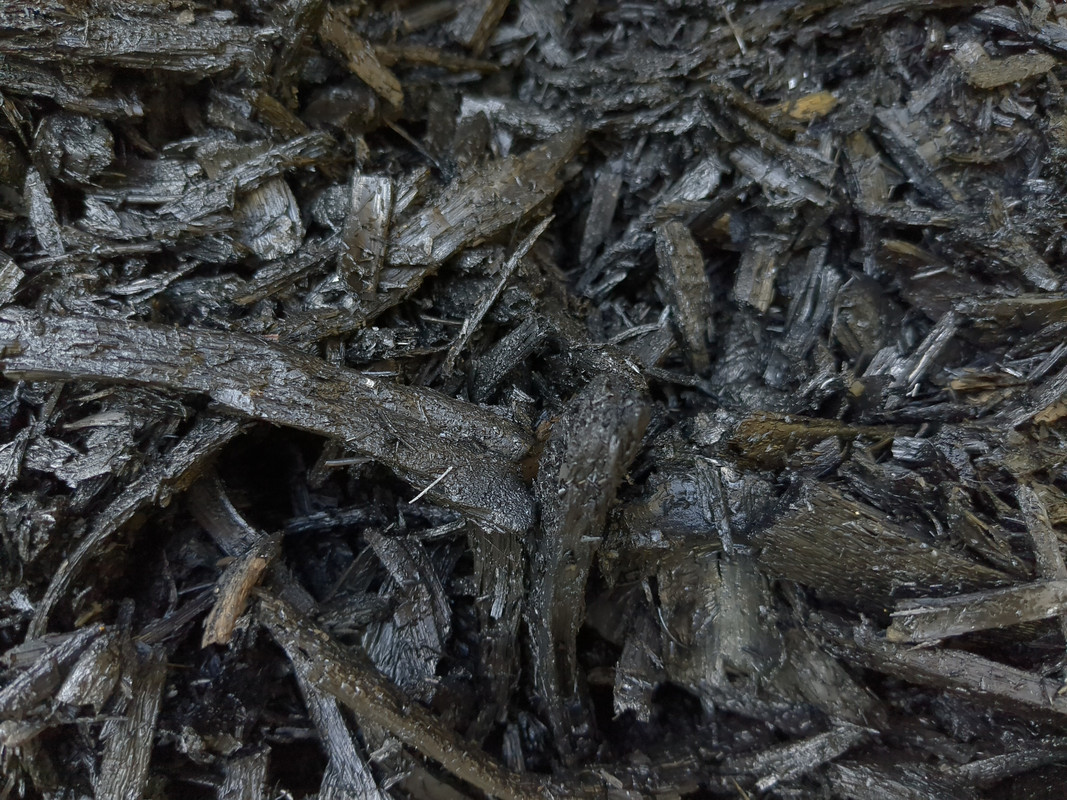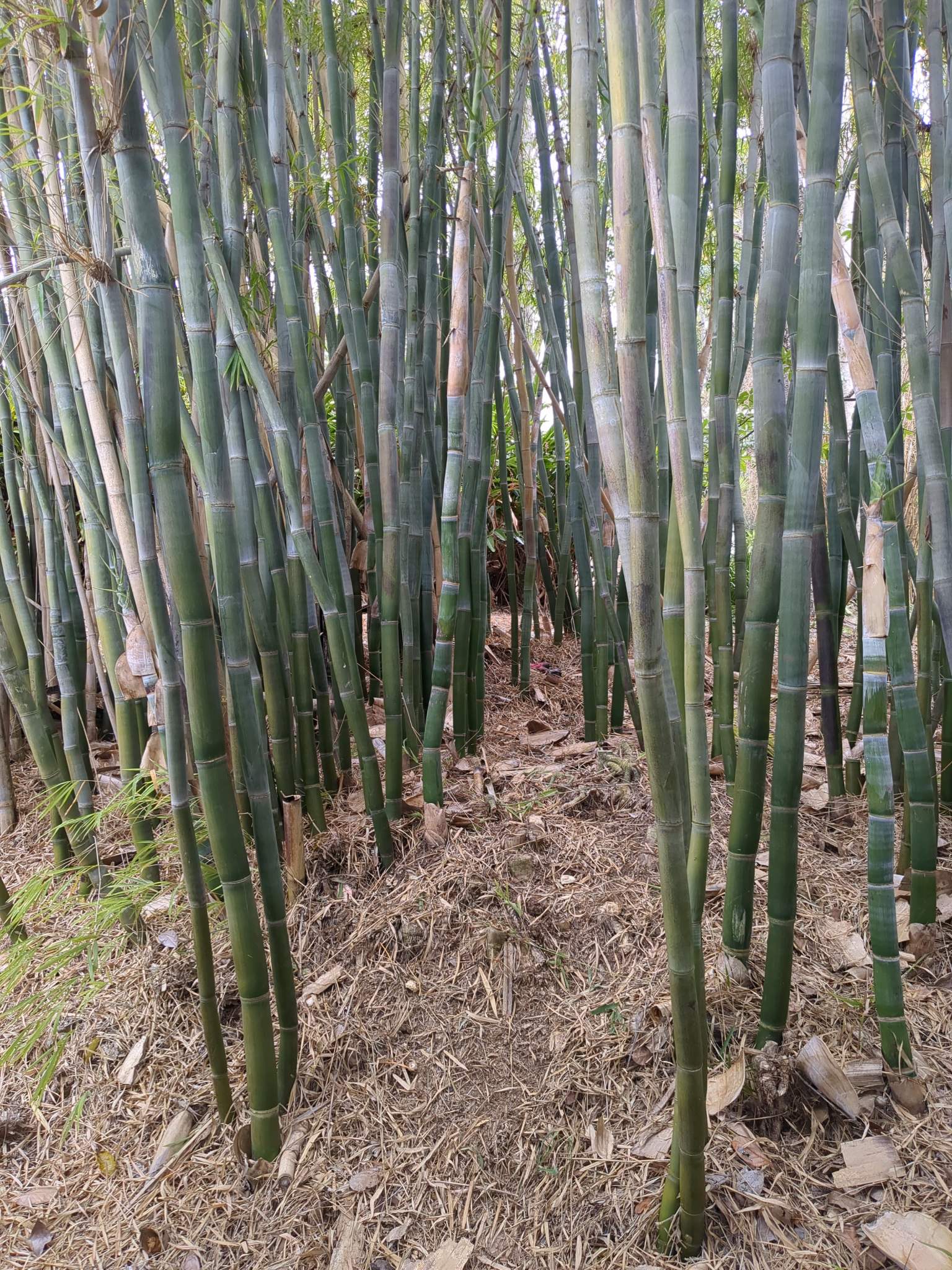Carbon Dioxide Removal (CDR)
248 readers
1 users here now
CDR is removal of CO2 from the atmosphere - an essential basket of technologies for achieving UN IPCC best outcomes to mitigate climate change. This is a community for discussing advances and issues of CDR.
founded 2 years ago
MODERATORS
26
27
28
29
30
31
32
33
34
35
36
37
38
39
40
41
42
43
44
45
46
47
49
50
4
tBJ:The use of biochar as building material (and some pics in the body of post)
(www.biochar-journal.org)

